FALL PREVENTION:
STAY STRONG. STAY FIT. STAY BALANCED.
STAY STRONG. STAY FIT. STAY BALANCED.
While falls are prevalent, they are largely preventable. If you or a friend has fallen, you’re not alone. More than one in four people aged 65 or older falls annually. To help reduce fall risks and to prevent their consequences, Sequoia Living focuses on measures year-round to keep older adults safe and healthy.
For older adults, a simple oversight around the home can have life-changing consequences, and there are things that put you at a higher risk of falling. To learn the facts and to help debunk the myths of older adult falls.
WHY ARE FALLS SO PREVALENT?
Things like tripping on a rug or uneven ground, slipping on a wet floor, or wearing inadequate shoes can lead to falls. Also contributing are medication, vision impairment, poor lighting, balance problems, and chronic conditions, many of these factors play a significant role in increasing risk of an accidental fall.
According to the NCOA, “More than 36 million adults 65+ fall each year, resulting in more than 32,000 deaths. Every year, millions of older adults are treated in emergency rooms due to a fall injury, leading to broken bones or a head injury. Each year, at least 300,000 older adults are hospitalized for hip fractures caused by falling.”
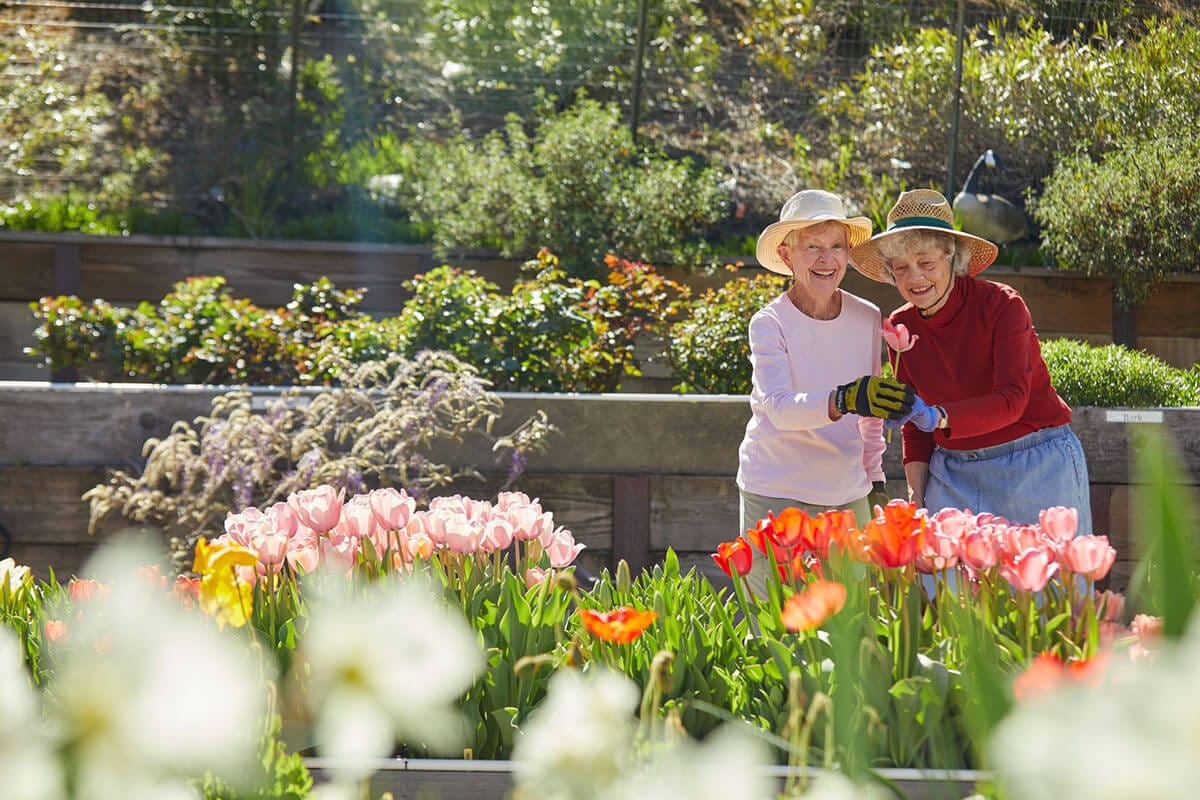
MOVEMENT
As you age, your body naturally loses strength and potentially affecting balance, but movement can help improve your physical well-being. Exercising, managing your medications, having your vision checked, and making your living environment safer are all steps you can take to prevent a fall.
For more on how movement and exercise helps your body remain strong and reduce fall risks, view our recorded webinar for insightful resources.
Need tips on how to stay motivated to exercise? View five tips to help you stay motivated to exercise.

NUTRITION
You might be wondering, why is nutrition an important aspect of a fall prevention strategy? Older adults have unique nutritional needs, making it essential for them to eat a wide variety of healthy foods. Proper nutrition helps to maintain strength, muscle mass, and helps keep blood sugar levels even.
For quick tips on how to make better food choices, click here. Making better food choices, helps your body remain:
- Energetic
- Alert
- Reduces your risk of falling
Hydration. Drinking plenty of water is critical because dehydration increase the risk of mental confusion which can contribute to falls. Ensure you or your loved one is properly hydrated and consuming enough protein, calcium, and vitamin D.
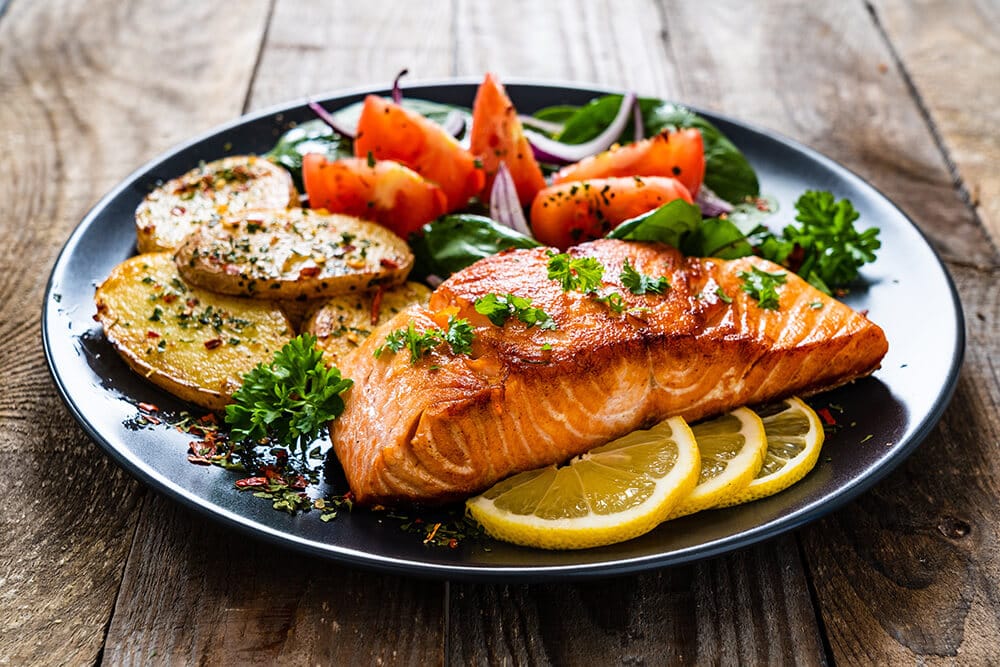
The great news is, there are simple and effective ways to prevent most falls. Here are a few easy steps you can take to reduce your risk of falling.
Fall prevention programs encourage exercise, strength training, balance exercises, and medication compliance. View our recorded webinar (Stay Strong. Stay Fit. Stay Balanced.) to learn more about the importance of incorporating strength training and exercises to reduce your risk of falling, Click to Watch.

MEDICATIONS & SUPPLEMENTS
As you get older, often, so does the number of medications and supplements consumed.
Medication and supplements or herbal remedies might not be top of mind when you think of the risk of falling, but the cocktail of medications can have serious side effects such as sedation, confusion, and loss of balance.
The combination of both over-the-counter and prescribed drugs can increase the risk of falling. That’s why pharmacists play an important part in any fall prevention strategy. When you pick up your medications, use the opportunity to ask questions and get counseled on any side effects you’re experiencing. Also, tell your doctor about all your medicines, supplements, or herbal remedies.
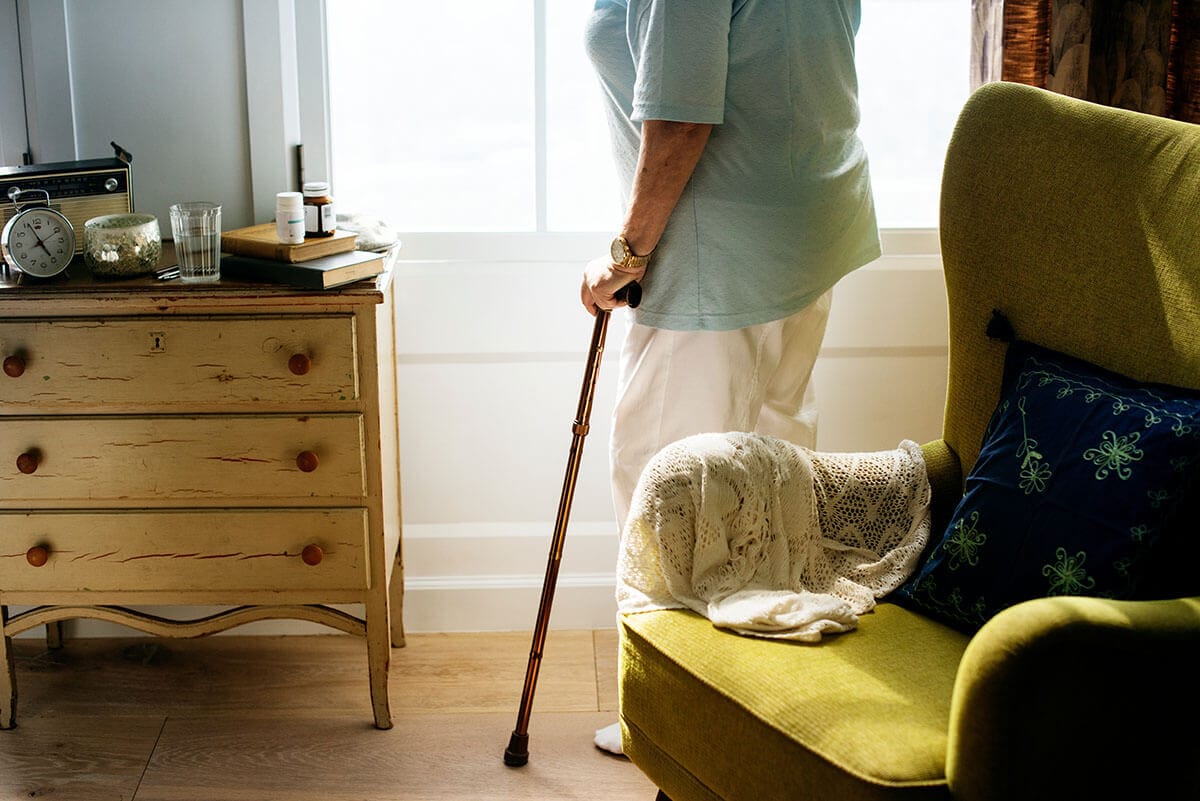
HOME HAZARDS
Most falls can seriously affect older adults’ health, safety, and independence. They often happen at home due to hazards such as loose rugs, clutter, and poor lighting, which can increase the risk of trips or falls.
According to NCOA, “falls are by far the most common product-related cause of injuries and deaths to older Americans.” To read more about hidden home hazards among older adults more likely to cause falls.
- Install handrails on both sides of any stairs in your home.
- Keep floors cleared and slip-resistant.
- Keep stairs well-lit and free of clutter.
Read more on fall prevention.
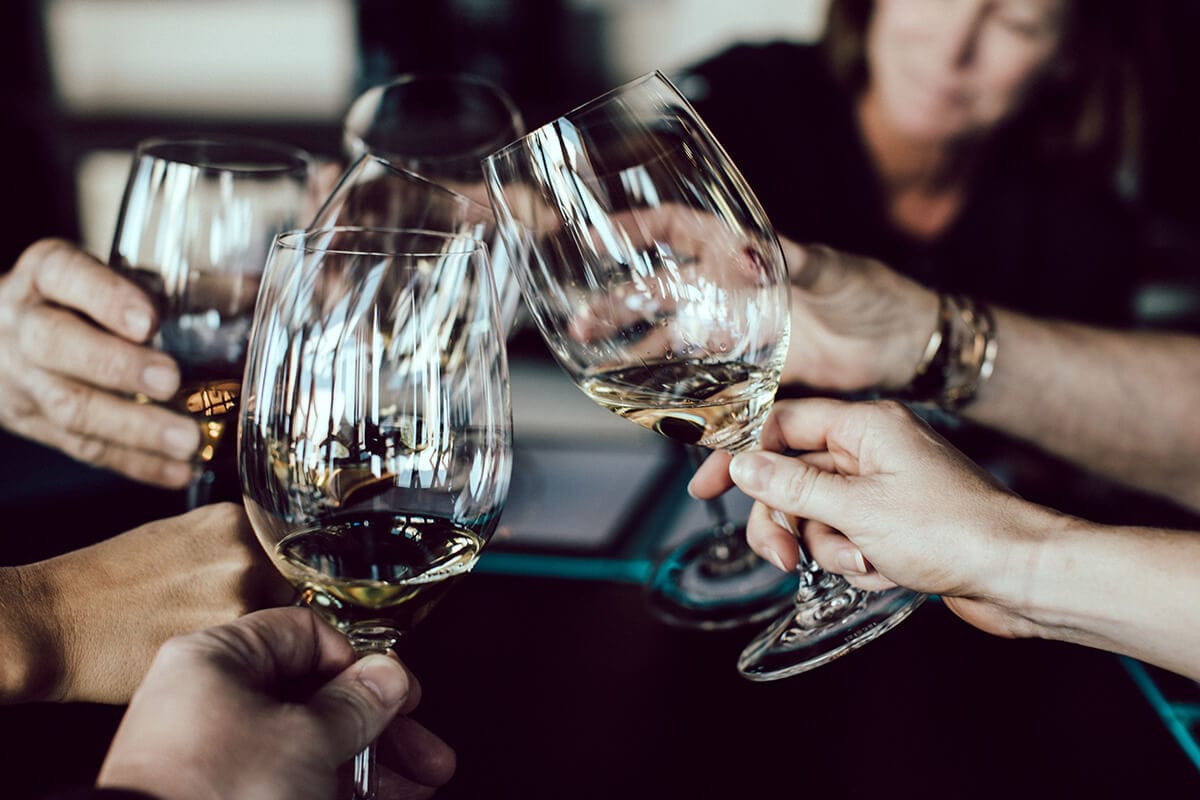
ALCOHOL
To drink or not to drink? We hear a glass of red wine may reduce the risk of heart disease, might boost antioxidants, and help your cholesterol, and yet alcohol has also been known to increase the risk for other health conditions.
The bottom line is that carefully balancing benefits and risks is critical, especially when taking medication. Alcohol interacts in possibly dangerous ways with several medicines. These interactions can heighten your risk of drowsiness, decreased reaction time, and fatigue, increasing your chances of an accidental fall. Read more on drinking and healthy aging.
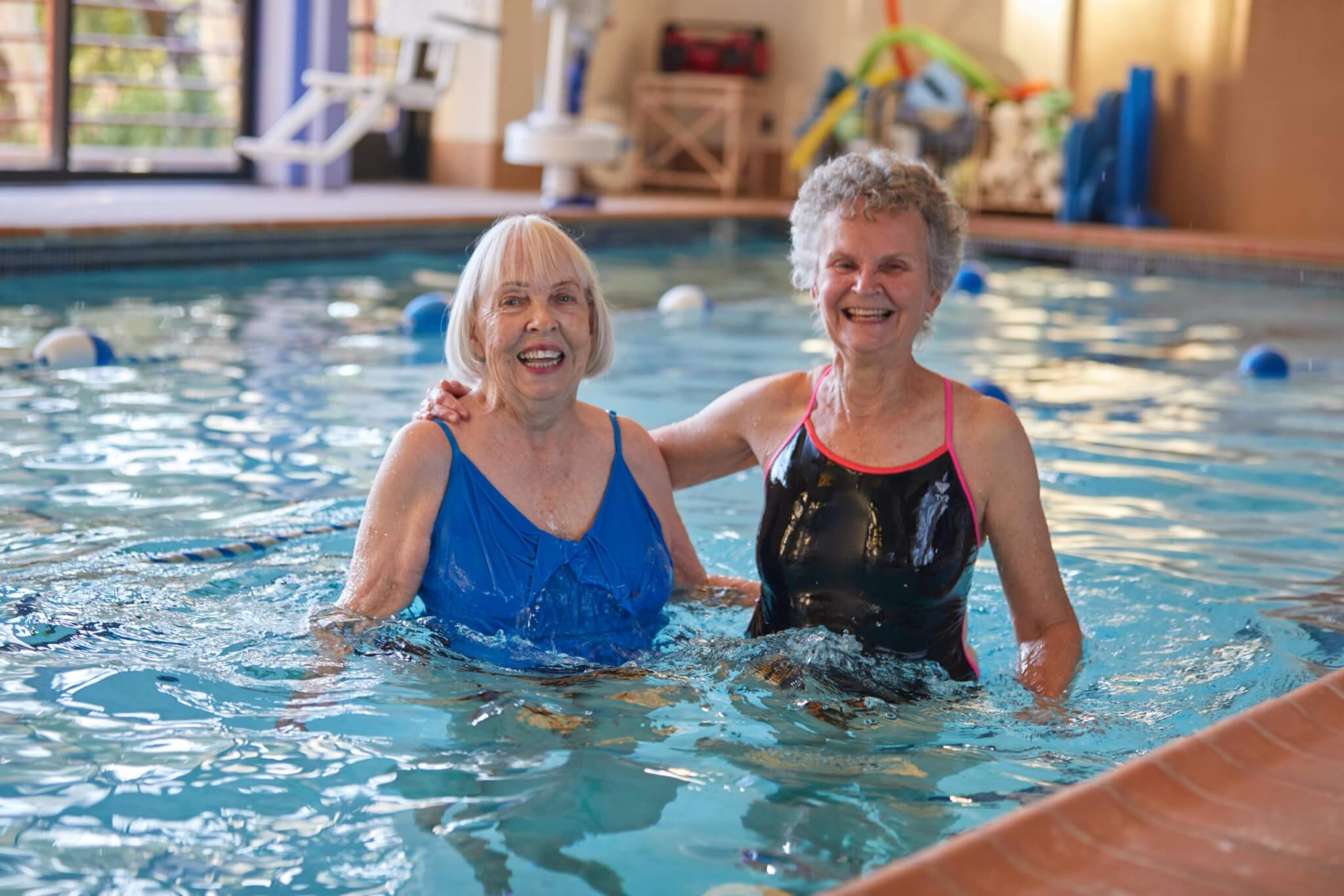
PHYSICAL ACTIVITY
Physical activity is a great and effective way to reduce the risk of falling. It is also so much more!
According to NCOA, being active is one of the simplest ways to improve and maintain health. Physical activity has been shown to reduce risk and support self-management of many chronic conditions, improve sleep, boost immune responses, and foster better mental health and general well-being.
Gait and Balance training, muscle strengthening, walking, or swimming will help keep you strong and independent.
To recap what we have covered, preventing falls should not be a solo effort, you can reach out to your team of medical professionals, caregivers and family to help. To learn more about this team effort strategy view an informative video.
The reality is that one-third of older adults fall every year in the U.S. The good news is that most falls are preventable. Start by reviewing these six easy steps: English or Spanish.
